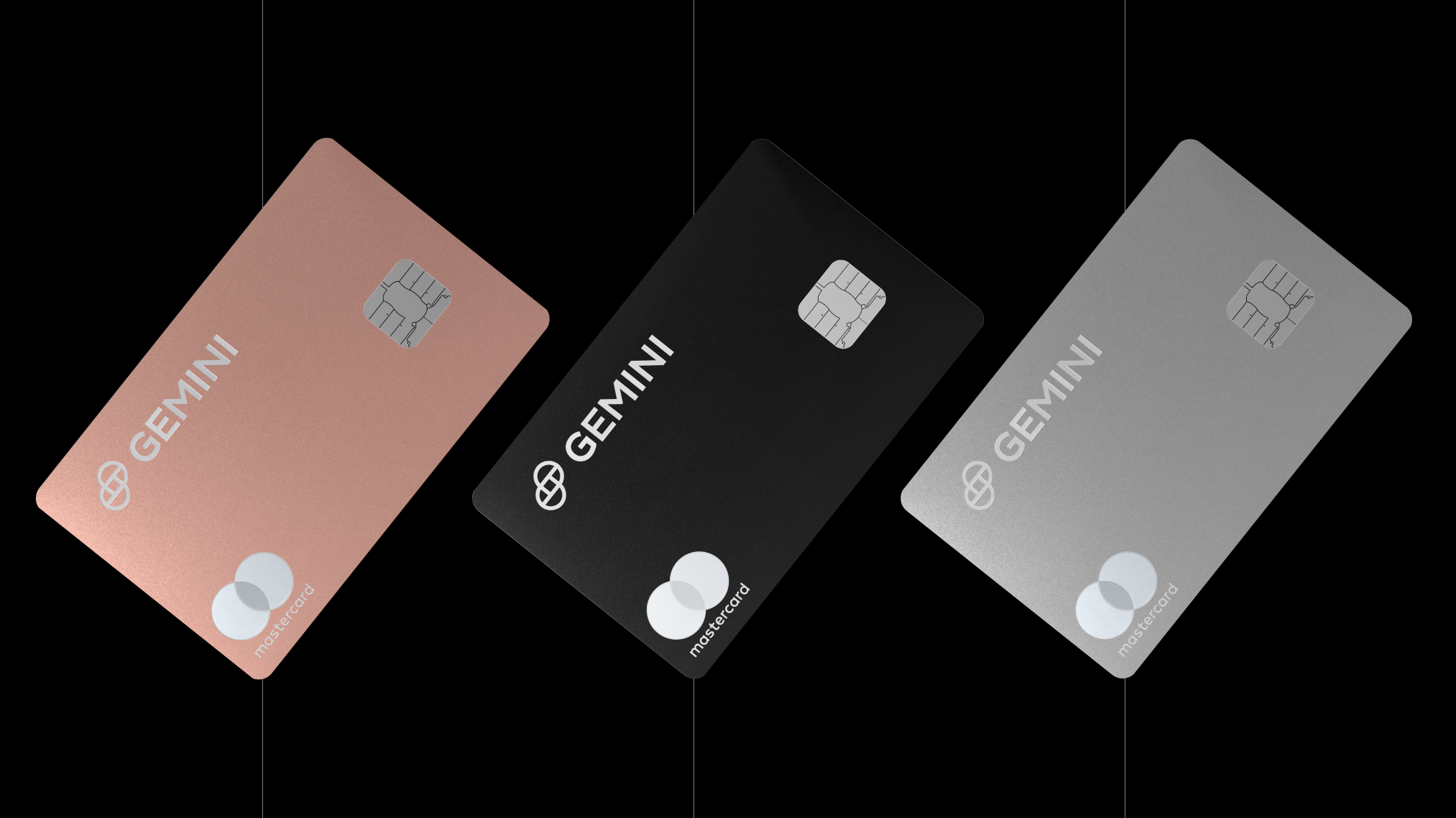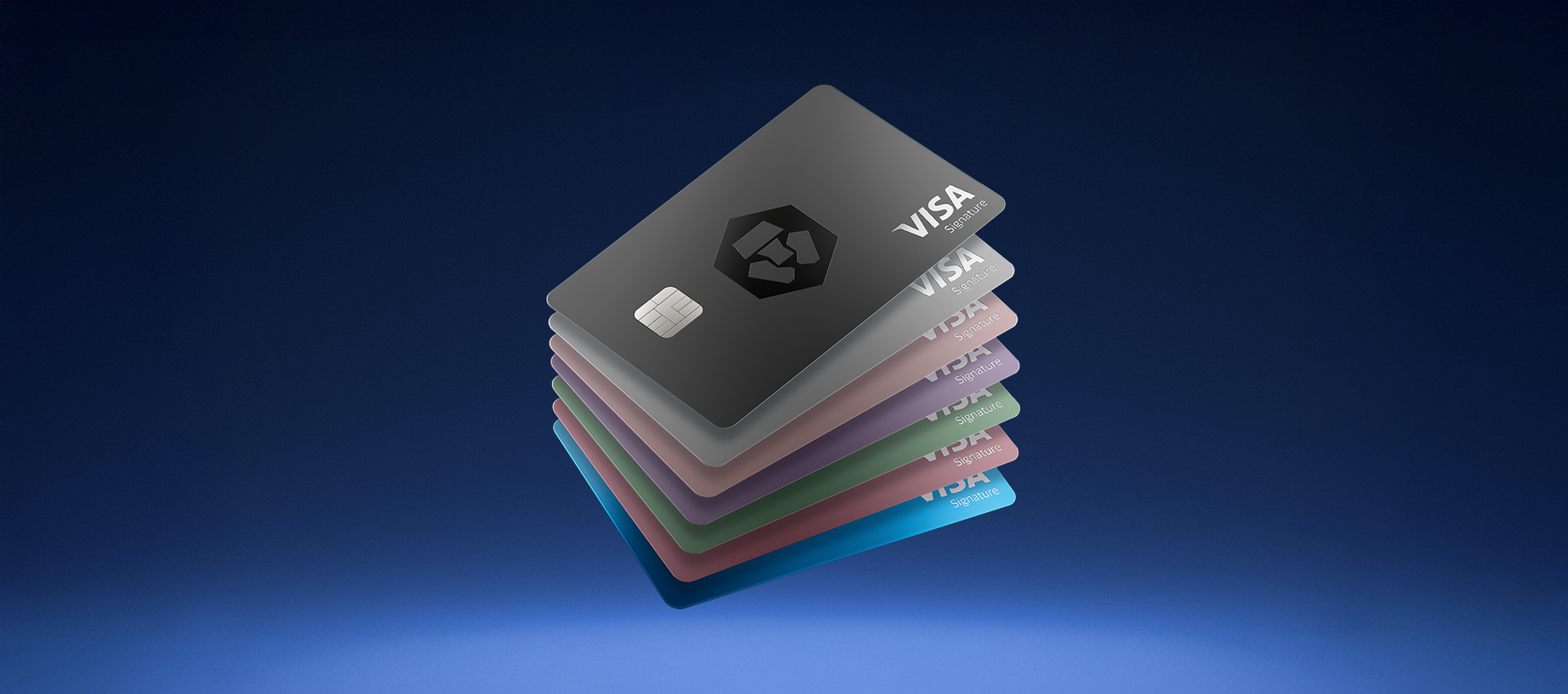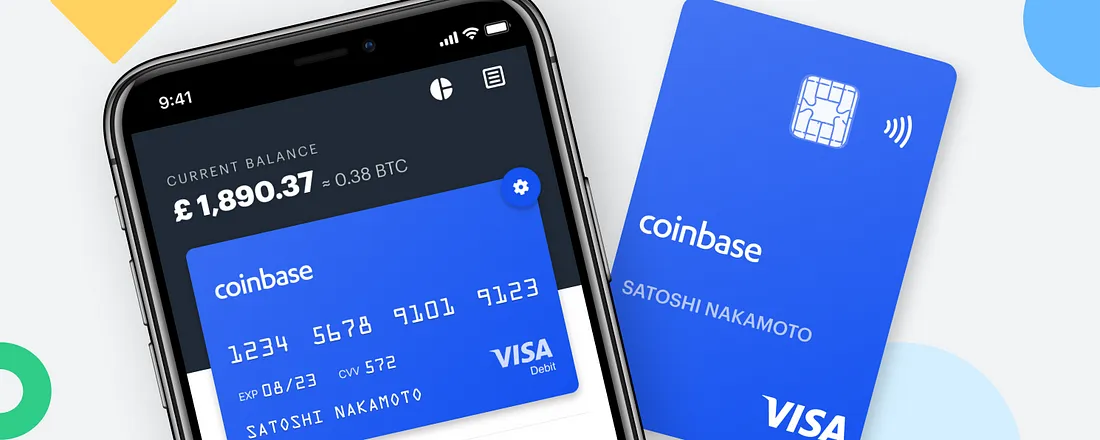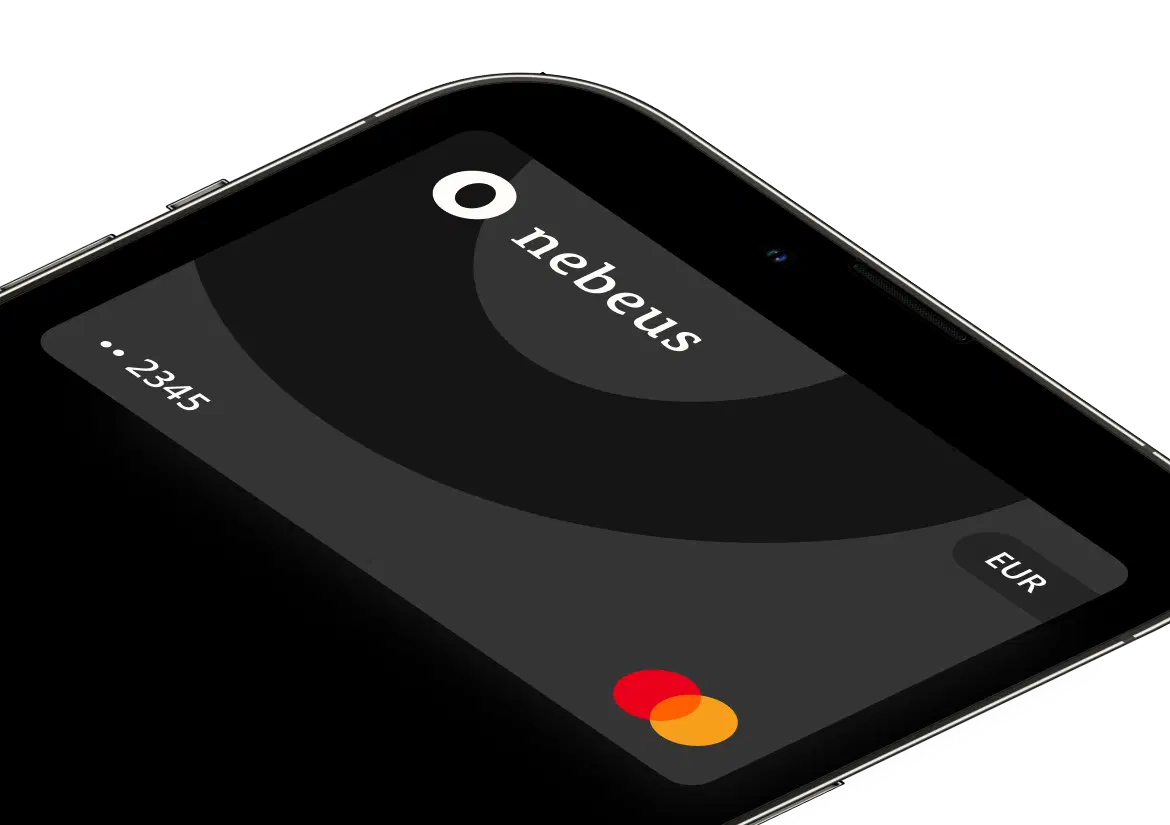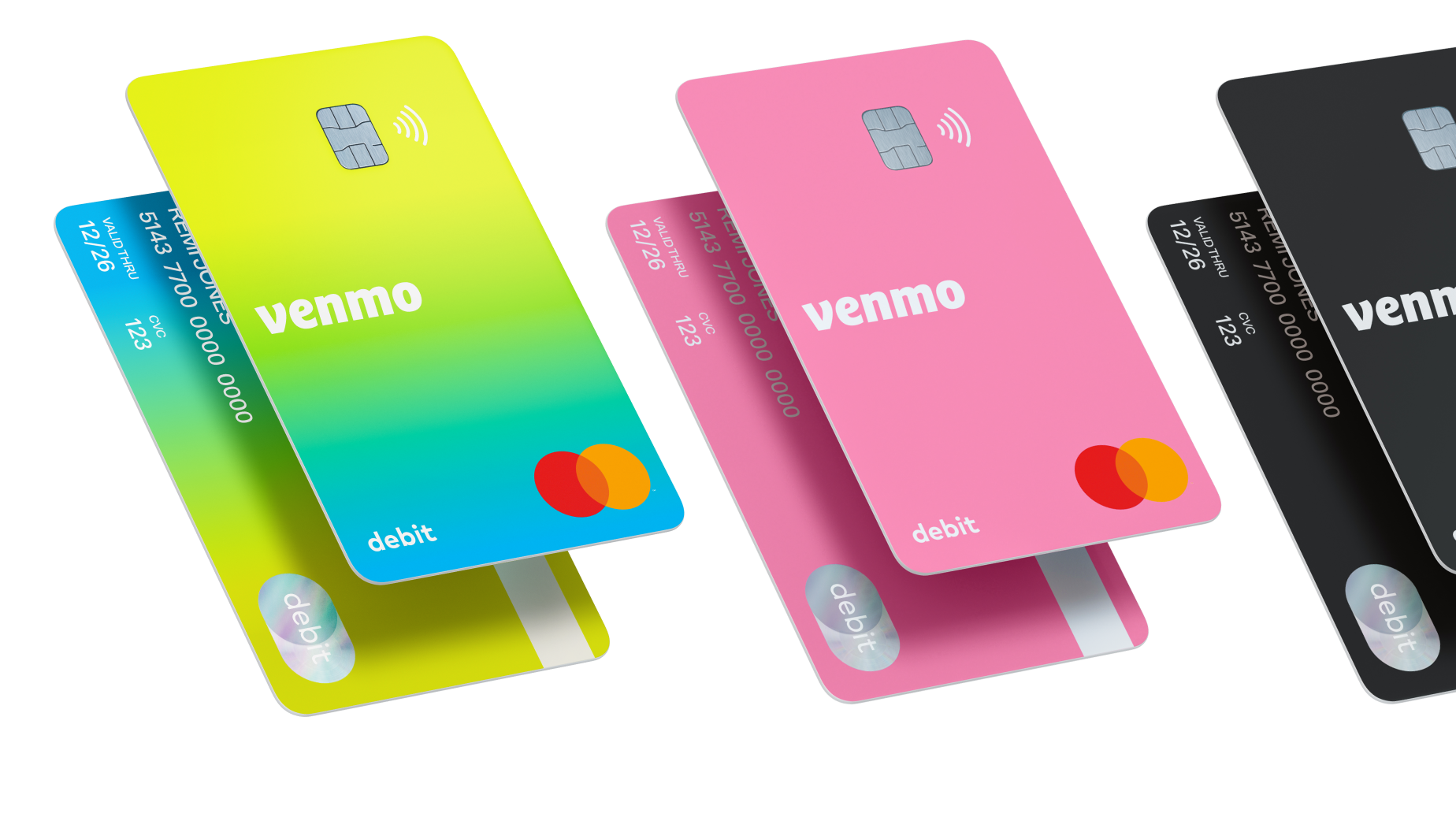Crypto credit cards have become one of the most talked-about tools in digital finance—and one of the most misunderstood.
Search “best crypto credit cards” and you’ll see a familiar problem: many guides lump credit cards and debit cards together.
In reality, only a handful of true credit products exist; most options are debit or prepaid cards that draw from your balance on a digital wallet or crypto wallet, often connected to major crypto exchanges.
That distinction matters in 2025.
Since the boom years, programs have folded (BlockFi, SoFi), outdated lists still circulate, and a smaller set of stronger issuers now compete to help you maximize value—either by earning credit card rewards on daily spending or by making it easier to pay merchants with crypto.
In this guide, we’ll cut through the noise.
We’ll compare today’s top cards side by side, explain how they work, and highlight the fine print that actually affects you—fees, availability, and what to watch for at tax season.
We’ll also help you determine which cards you’re eligible for based on region and requirements, so you can choose confidently and get the most from every swipe.
Best Crypto Credit Cards 2025
In-Depth Look at the Leading Crypto Credit Cards
Below we break down the most important crypto credit, debit, and hybrid cards available in 2025.
Each comes with unique perks, limitations, and ideal use cases depending on your spending habits and location.
Gemini Credit Card® – Best for Flexible Rewards in the U.S.
The Gemini Credit Card® is one of the few true crypto credit cards on the market.
Instead of spending your existing crypto, you borrow in fiat just like with a traditional credit card and earn crypto as rewards.
That makes it perfect for U.S. users who want to build their crypto portfolio passively.
Rewards: Up to 4% back on gas and EV charging (capped monthly), 3% back on dining, 2% on groceries, and 1% on all other purchases.
Rewards are deposited instantly into your Gemini account and can be earned in 50+ cryptocurrencies.
Why it stands out: No annual or foreign transaction fees, flexible reward choices, and no staking requirement.
The main limitation is U.S.-only availability and the fact that rewards are tied to Gemini’s exchange.
Nexo Card – Best Hybrid Option
The Nexo Card offers something unique: it works in both credit and debit modes.
In Credit Mode, you borrow against your crypto holdings without selling them, avoiding taxable events in most jurisdictions.
In Debit Mode, you can spend your balances directly.
Rewards: Up to 2% back in NEXO tokens or 0.5% in Bitcoin (Credit Mode only).
Rewards scale depending on how much NEXO token you hold.
Why it stands out: The dual-mode setup is unmatched, giving experienced users flexibility to either borrow or spend.
No annual fees, tiered ATM withdrawals, and strong availability across the EU and UK.
The trade-off is that rewards require holding NEXO tokens, and the card is not yet available in the U.S.
Crypto.com Visa Card – Best for Perks & High Earners
The Crypto.com Visa Card is one of the most popular prepaid debit cards in the world, thanks to its tiered reward system.
The more CRO tokens you stake, the better the perks.
Rewards: Up to 6.5% back in CRO, plus valuable benefits like full rebates on Spotify and Netflix, depending on your tier.
Lower tiers earn around 1.5%–3.5% without major commitments.
Why it stands out: The card is global, comes with no annual fee, and offers subscription perks that can easily offset costs.
However, the value is tied to CRO’s performance, and the best benefits require a large, risky token stake.
Coinbase Card – Best for Coinbase Users
The Coinbase Card is a debit card connected directly to your Coinbase account.
Every purchase is automatically converted to fiat at checkout, making it seamless for U.S. customers who already use Coinbase.
Rewards: Up to 4% back in select cryptocurrencies.
Users can choose from a rotating list of rewards options, including Bitcoin and Ethereum.
Why it stands out: No annual fee, no staking requirements, and smooth integration with Coinbase.
Using USDC to fund purchases helps avoid conversion fees and taxable events.
The downside: spending other cryptos involves spreads and triggers taxable disposals.
Wirex Card – Best for EU/UK Cashback Hunters
Wirex has built a reputation in Europe and Asia for its high-earning debit card.
It offers rewards in WXT, Wirex’s native token, with boosted rates for those who stake.
Rewards: Up to 8% cashback in WXT tokens.
Without staking, lower tiers still earn modest rewards.
Why it stands out: No annual fees, wide availability across EU/UK/APAC, and competitive cashback rates.
Perfect for frequent spenders comfortable holding WXT.
The catch: the best rewards are tied to WXT staking, and returns depend on token value.
Uphold Card – Best for Multi-Asset Spending
The Uphold Card isn’t just about crypto—it allows you to spend from over 150 assets, including fiat currencies and even metals like gold.
It’s a flexible option for those who diversify beyond crypto.
Rewards: 1% cashback in USD and 2% in XRP. Rewards are credited directly when you spend.
Why it stands out: Works seamlessly for multi-asset portfolios, no annual fees, and solid U.S./EU availability.
However, rewards are limited to USD and XRP, and rates are lower compared to crypto-native competitors.
Nebeus Card – Best for Crypto-Collateral Loans
Nebeus offers a hybrid card built for users who want to leverage their crypto without selling it.
By using your holdings as collateral, you can spend instantly while keeping your assets intact.
Rewards: Up to 2% cashback in crypto.
Why it stands out: Great for users in the EU/UK who want to unlock liquidity without triggering taxable events.
No annual fees and flexible repayment terms make it attractive.
The main drawback is its niche availability and smaller brand recognition compared to giants like Coinbase or Crypto.com.
Venmo Credit Card – Best for Beginners
The Venmo Credit Card looks like a regular cashback card but comes with an option to auto-convert your rewards into crypto.
For millions of U.S. Venmo users, it’s the easiest way to dip into crypto rewards.
Rewards: 3% cashback on your top spending category, 2% on the second, and 1% on everything else.
Rewards can be converted into Bitcoin, Ethereum, Litecoin, or Bitcoin Cash.
Why it stands out: No annual fees, adaptive cashback categories, and integration with an app people already use.
Downsides include a limited crypto selection, conversion spreads, and high ongoing APR if you carry a balance.
Credit vs Debit vs Hybrid: What’s the Difference?
When it comes to “crypto credit cards,” most of the products people talk about aren’t actually credit cards.
To avoid confusion, it’s crucial to understand the three main models:
- Crypto Credit Cards – Work just like traditional credit cards. You borrow fiat currency from the issuer and pay it back monthly. The difference is in the rewards: instead of cashback or miles, you earn cryptocurrency. Examples: Gemini Credit Card®, Venmo Credit Card.
- Crypto Debit Cards – These cards spend your own crypto balance. Every time you make a purchase, your cryptocurrency is converted into fiat on the spot. This makes it easy to spend crypto anywhere Visa or Mastercard is accepted, but each transaction counts as a taxable disposal.
Examples: Coinbase Card, Crypto.com Visa Card, Wirex Card. - Hybrid Cards – A newer category that combines both models. In credit mode, you borrow against your crypto holdings without selling them (avoiding taxable events). In debit mode, you can spend crypto or fiat directly. Examples: Nexo Card, Nebeus Card.
At a Glance: Credit vs Debit vs Hybrid
How Rewards Really Work
One of the biggest selling points of crypto credit cards is the ability to earn cryptocurrency instead of cashback or airline miles.
At first glance, that sounds like a win-win: you spend money as usual and stack up Bitcoin, Ethereum, or other tokens.
But rewards in crypto behave very differently than traditional rewards — and that can be both exciting and dangerous.
Volatility Cuts Both Ways
- When the market rises, your rewards can appreciate in value. A $50 reward earned in Bitcoin could be worth $70 or more down the line.
- On the flip side, crypto markets are unpredictable. That same $50 could shrink to $30 in a matter of weeks. Your “cashback rate” isn’t locked in — it fluctuates with the market.
Conversion Spreads and Hidden Costs
Some cards advertise “zero fees” for rewards or conversions, but in reality, most platforms apply a spread.
This is a small percentage built into the exchange rate whenever your rewards are credited.
For example, Venmo automatically converts cashback to crypto but takes a hidden margin during the exchange.
Reward Limits and Staking Requirements
- Cards like Gemini set monthly spending caps on their highest reward tiers. After you hit the limit, the rate drops to a lower percentage.
- Others, like Crypto.com and Wirex, tie the best rewards to staking their native tokens (CRO or WXT). This means locking up capital in assets that can be highly volatile.
Tax Consequences
With credit cards, crypto rewards are usually treated as taxable income when you receive them, and later again when you sell or use them.
With debit cards, every transaction counts as a taxable disposal.
That means “earning” rewards is just the first part of the story — reporting them correctly is the second.
In short: crypto rewards offer upside potential you’ll never get from standard cashback cards, but they also bring volatility, hidden costs, and tax headaches.
They work best for users who are comfortable with risk and who keep careful track of their transactions.
Security & Platform Risks: Beyond the Card
Using a crypto credit card isn’t just about the shiny rewards program — it’s about the stability of the platform behind it.
Unlike traditional banks, which come with decades of regulatory oversight and protections, crypto platforms operate in a much newer, less stable environment.
That creates unique risks cardholders need to understand.
Platform Stability Matters
- The collapse of BlockFi in 2022 was a wake-up call. Their once-popular crypto rewards card became useless overnight, and many users lost access to funds stored on the platform.
- This shows that the value of your card is only as strong as the exchange or lender that issues it.
No FDIC or Equivalent Insurance
- Traditional U.S. banks insure deposits up to $250,000 through the FDIC. Crypto platforms do not.
- That means if an exchange goes bankrupt, is hacked, or freezes withdrawals, users typically have no guaranteed way to recover their funds.
Custodial vs. Non-Custodial Wallets
- This means you don’t directly hold the private keys to your assets
- If the platform restricts access, you’re locked out of your rewards.
Some users prefer cards that allow faster withdrawals to self-custody wallets.
Regulatory Uncertainty
- Laws around crypto rewards, custody, and stablecoins continue to evolve. A sudden regulatory change could affect whether certain cards stay operational in your region.
- This is especially relevant for European users as the EU’s MiCA regulations roll out.
Fraud & Security Practices
- Like any payment card, crypto cards can be targeted by fraud. But because rewards are digital assets, they can be transferred instantly and irreversibly if stolen.
- Strong security features (two-factor authentication, biometric login, instant card freezing) should be non-negotiable when choosing a card.
Tax Implications & Reporting: What You Need to Know
Taxes are where many people get caught off guard with crypto cards.
The IRS treats cryptocurrency as property, not currency — and that means most card transactions create a taxable event.
The rules differ depending on whether you’re earning rewards through a credit card, spending directly with a debit card, or using a hybrid model.
Key takeaway:
- Crypto credit cards are generally simpler — you only pay tax when you receive rewards (income) and later when you sell them (capital gains).
- Debit cards are the most complicated — every coffee, Uber, or grocery purchase creates a new line item for your tax report.
- Hybrid cards can help avoid taxable events if used in “credit mode” (borrowing against assets), but still create tax obligations in “debit mode.”
Quick Tax Comparison
Discontinued & Altered Cards: The Crypto Card Graveyard
The crypto credit card market has been anything but stable.
Over the past few years, several once-popular cards have either been shut down entirely or had their rewards programs stripped away.
Including this section is crucial, because many outdated guides still list these cards as top options, leaving readers misinformed.
Here are the most notable casualties:
- BlockFi Rewards Visa® Signature Credit Card – Once one of the most popular crypto credit cards, it was discontinued in November 2022 when BlockFi filed for bankruptcy. The card immediately became unusable, and many cardholders lost access to funds left on the platform.
- Upgrade Bitcoin Rewards Visa® – This card offered 1.5% back in Bitcoin but was shut down in 2023 during the crypto winter.
- SoFi Credit Card (Crypto Rewards) – Once known for its 2% cash back with a crypto redemption option, SoFi removed crypto as a redemption choice in early 2023. It now functions as a standard cashback card.
- Brex Corporate Card – Brex ended its crypto redemption program as of August 2024, removing the option to redeem rewards in Bitcoin and Ethereum.
- Abra Crypto Card (never launched) – Announced with excitement in 2022, this card never made it past the planning stage.
- Unifi Premier Card (never launched) – Another hyped but unrealized product, showing how hard it is for new players to break into this space.
Frequently Asked Questions
Conclusion: Should You Get a Crypto Credit Card in 2025?
If your goal is to earn new crypto on everyday spend, a true credit product is the simplest path to steady credit card rewards—just be sure you can pay the balance off each month.
If you’d rather spend what you already hold, a debit or hybrid card tied to your digital wallet is the practical choice.
Keep in mind that each purchase may be a taxable event, and availability varies by region.
Whichever route you take, focus less on the plastic and more on the platform: fees, stability, and policy changes matter.
Pick the card that matches your goals and your risk tolerance, and you’ll be set.









